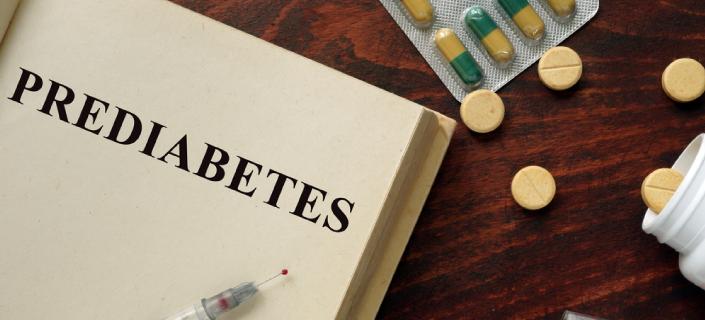
Because pre-diabetes is the precursor or the first indicator of full-blown type 2 diabetes – the most common form of the disease — I will dedicate this blog series to presenting as much information about it and how to prevent it from happening in the first place.
What is pre-diabetes?
In most diagnosed cases of type 2 diabetes . . . . pre-diabetes was present as a condition before they develop the disease. This means that blood glucose levels were becoming and staying higher than normal, however it’s not at the full-blown diabetes stage as yet.
This condition is a major risk factor for type 2 diabetes and can be the beginning stages for many complications suffered by those who do have diabetes. The good news is that if pre-diabetes is caught early enough, it can be reversed by switching to a healthier lifestyle.
What are the symptoms of pre-diabetes?
Someone who is becoming pre-diabetic will begin to notice the following conditions:
- increased thirst and hunger
- a need to urinate more often
- muscle weakness and general fatigue
- vision becomes blurry
- experiencing numbness in the extremities
- men will begin to have erectile dysfunction issues
If you are noticing more and more of these symptoms, you should visit with your doctor, who can give you a better assessment. They will then recommend the next steps to take in-order to reverse this condition.
Tests to determine pre-diabetes condition
For your doctor to know the whether you are in fact pre-diabetic they will usually do one or more of the following tests:
- glycosylated hemoglobin test or HbA1C or simply A1C test. This test is performed by averaging the daily glucose monitor reading over a period of two to three months. A1c test results of 5.7% to 6.4% usually indicates pre-diabetes and over 6.5% confirms diabetes.
- fasting plasma glucose test – This test is done on the blood plasma of someone who has fasted for at least eight hours. If the presence glucose is above 100 – 125 ml/dl then they are diagnosed as being pre-diabetic. Over 126 ml/dl is considered to be in the diabetic range.
- oral glucose tolerance test or OGTT. The person being tested is given a blood test to get a blood glucose reading. They are then given a pre-measured sugary drink and tested again to determine how well they are processing glucose. If the blood glucose level is 140-199 mg/dl then this indicates pre-diabetes. Over that then the person is diabetic.
Prevent pre-diabetes with these steps
If a pre-diabetes condition exists, then the following steps can be followed to restore good health.
- Start eating more natural food with low glycemic levels including avocados, nuts (walnuts, almonds) fish, dark green vegetables, apples and bananas. It’s time to put away the high glycemic foods such as white bread, white potatoes, pizza, raisins, rice
- Limit fat to about 25 % of the food on your plate
- Consume no more than 2300 ml of salt per day (about 1 teaspoon amount)
- Cut out the sugary drinks
- Lose weight
- Exercise for at least 30 minutes five days per week
Diabetes can be prevented if it is caught in the early stages of pre-diabetes. It’s important to know the symptoms and confirm whether it’s the beginnings of pre-diabetes by visiting with a doctor. If tests indicates the likelihood of the disease developing then steps can be taken to prevent it.
This disease seems to affect certain ethnic groups more that others. Also if the condition is present in other family members, regular testing should be done to confirm its presence.
I will be discussing many of these topics in future blogs.
